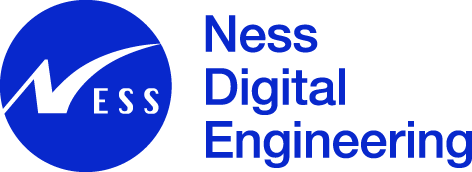Marketing automation isn’t new. Brands have been using it for years to send emails, schedule posts, and track leads. But AI has completely changed what automation can do.
The difference now is that AI doesn’t just follow rules you set. It learns from your data, adapts in real time, and makes decisions that improve with every campaign. What used to be “set it and forget it” is now intelligent, responsive, and constantly getting smarter.
73% of marketers using generative AI say it helps them create more personalized content. This isn’t a future prediction. This is happening right now. In this guide, we’ll walk through 8 AI marketing automation trends that are reshaping how marketing works in 2025 and how you can use them to your benefit.
Key Takeaways
- Marketing automation has moved from routine to intelligent.
It’s no longer just about saving time. The best tools now help you make sharper, faster decisions that actually improve campaign results.
- Personalization is becoming prediction.
Smart systems can recognize patterns and act before customers even realize what they need. That shift makes every ad and message feel more natural and timely.
- Creative automation is speeding up production without losing quality.
Teams can now create and test dozens of ad versions in hours. What matters most is keeping the human touch while letting automation handle the heavy lifting.
- Privacy is shaping the next phase of digital marketing.
Brands are finding ways to use data responsibly while still delivering personalized experiences. When people feel respected, they are more likely to engage and buy.
- Solara makes marketing feel effortless again.
It brings your website, content, and analytics together in one place, helping you plan, create, and grow with less guesswork and more clarity.
1. Hyper-Personalized Campaigns
Personalization has gone beyond just adding a name to an email. It now involves predicting what someone will want next and meeting them there.
AI now allows you to create ad experiences that feel personal at every step. Instead of sending the same message to everyone, brands can adjust tone, timing, and visuals based on what a person has already done or shown interest in.
For example, Netflix’s recommendation system accounts for more than 80% of the shows and movies users watch. The same logic powers marketing personalization: brands that understand behavior and timing drive better engagement because they feel relevant.
How to make personalization work in your campaigns:
- Segment audiences based on behavior and intent, not just age or gender.
- Use AI to analyze signals like browsing duration and engagement rate.
- Create several content variations that automatically adjust to viewer profiles.
- Test and refine often, because what feels relevant this month may shift next quarter.
Findings show that companies that are good at personalization generate 40% more revenue from those activities than average players. The lesson is clear: personalization that feels genuine doesn’t just improve engagement, it drives real growth.
Pro Tip: Solara’s personalization engine studies how users interact with your content across social channels and automatically adjusts tone, visuals, and format.
2. Predictive Analytics That Anticipates What Customers Want
For years, marketers made decisions based on what happened yesterday. Predictive analytics flips that around by showing what is likely to happen next. Instead of waiting to see how a campaign performs, you can now adjust it before results start to drop.
AI can now analyze years of customer data in seconds, spotting patterns that reveal what they are likely to do next. Instead of reacting to trends, you can shape them.
For example, Amazon’s predictive systems reportedly drive up to 35% of its total sales through recommendation algorithms. That’s because AI can anticipate what someone might buy before they even start searching for it.
This same technology now guides smaller brands too. As an e-commerce retailer, you can predict when a customer is about to reorder, when engagement is likely to drop, or when interest in a product line is rising. That allows you to adjust campaigns before performance falls.
To get started:
- Feed your analytics tools consistent, high-quality data from all your channels.
- Use predictive scoring to identify which leads are ready to convert.
- Track early engagement signals to refine your messaging in real time.
- Combine sales and content data to forecast trends before competitors spot them.
Brands using predictive analytics in their marketing see 10-20% higher ROI. The reason is simple: data replaces instinct, and timing becomes a competitive edge.
Pro Tip: Use Solara’s Growth Analyzer to track engagement, sales trends, and audience behavior.
3. Creative Automation Is Changing How Campaigns Are Made
One of the toughest parts of marketing has always been keeping up with the demand for fresh content. Every social media platform wants something different, and most teams don’t have the time or people to produce that much creative work. That’s where creative automation comes in.
Instead of building every ad from scratch, you can now upload a few images, a short clip, or a product description and instantly get dozens of variations designed for different audiences and platforms. It saves time, but more importantly, it makes testing easier. You can quickly see which version works best and focus your budget there.
A good example of AI in marketing automation is how Solara helps businesses turn simple video clips or customer footage into full campaigns that automatically adjust tone, visuals, and captions to fit each social media platform.
If you want to make creative automation work:
- Start small by automating a few routine ad formats.
- Keep your original assets strong so your variations stay on brand.
- Watch how cosumers respond and refine what works instead of recreating everything.
Creative automation isn’t just about speed. It gives you room to think bigger because the production work runs in the background.
Pro Tip: Use Solara to turn one short clip into ready-to-post ad variations across TikTok, Meta, and Google in minutes.
4. Real-Time Optimization Is Becoming the New Standard
Marketing used to move in cycles. You’d launch a campaign, gather data for a month, and then tweak what didn’t work. In 2025, that delay is gone. AI-driven optimization now happens in real time, and it’s completely revolutionizing marketing and how brands manage performance.
Instead of waiting for reports, marketing systems now adjust automatically as people interact with your content. If an ad starts losing engagement, AI can swap out headlines, test new visuals, or shift your budget toward what’s actually working, all within hours, not weeks. It’s like having a built-in strategist that never sleeps.
Here’s what it looks like in practice:
- An e-commerce brand notices that its carousel ads perform best in the evening. The system automatically shifts more spending to that window.
- A video ad’s completion rate drops midweek. AI swaps in a shorter version to test if the new edit holds attention longer.
- Audience engagement spikes in one region. The system increases delivery there before interest fades.
Real-time optimization means you can finally keep up with the pace of attention online. Instead of guessing what will work next, your campaigns evolve while they’re still live.
How to make it work for your brand:
- Set clear performance goals so AI knows what to prioritize.
- Use dynamic creative templates that can adapt on the fly.
- Check analytics daily to spot learning patterns early.
- Keep testing small tweaks instead of waiting for big overhauls.
The result? Faster learning, smarter spending, and campaigns that stay relevant every day instead of going stale.
Pro Tip: Solara automatically adjusts your campaigns across Meta, TikTok, and Google in real time, improving visuals, captions, and targeting as performance data comes in. It keeps your best ideas winning while cutting wasted spend.
5. Automated Video Creation Is Replacing Traditional Studios
Video has become the centerpiece of online marketing, and now AI automation is changing how it’s made. Automating short-form videos is one of the marketing strategies AI marketing agencies use to grow brands. Instead of hiring production teams or waiting weeks for edits, you can use AI to generate product demos, explainer videos, and testimonials in hours.
Brands are already using AI marketing automation tools to create short-form videos that adapt to each platform’s format. A single idea can become a vertical TikTok clip, a YouTube pre-roll, and a carousel ad, all in one workflow. This makes it easier to test ideas quickly and see what actually resonates with an audience.
For e-commerce brands, this change is huge. Imagine uploading a product image and script, then getting back multiple ad-ready versions featuring a presenter who looks and sounds natural. That’s the power of automation. It’s making storytelling faster, more flexible, and accessible to smaller teams that never had the budget for full-scale production.
To use automated video creation effectively:
- Focus on short, relatable videos that feel natural.
- Mix customer clips with automated content to keep things real.
- Test new versions often so your campaigns evolve with your audience.
The best-performing videos in 2025 are the ones that feel natural and speak directly to the viewer’s needs.
Pro Tip: Upload a product clip or customer testimonial into Solara, and it will automatically generate ready-to-post video ads tailored for each platform.
6. AI Assistants Are Becoming the New Marketing Team Members
AI assistants are changing how marketing teams work. They handle everyday tasks like answering calls, booking meetings, sending follow-ups, and tracking responses , all without missing a beat. What used to take hours now happens automatically, and with a human touch.
These assistants aren’t just chatbots. They understand tone, timing, and intent, making every interaction feel natural and personal. For small businesses, that means fewer missed leads and faster responses.
Solara’s AI Voice Secretary is a great example. It answers and places calls 24/7, books appointments, sends confirmations, and even gathers satisfaction scores. Each call is transcribed and saved so teams can review performance and improve.
Here’s how marketing teams are using AI assistants in 2025:
- Lead management: Responds instantly to inquiries, even after hours.
Scheduling: Books, confirms, and reschedules meetings automatically. - Follow-ups: Sends personalized reminders and thank-you messages.
- Performance tracking: Transcribes calls and collects quick feedback.
Marketing teams using AI assistants save more than 5 hours per week per employee, time that’s now being reinvested in creative strategy and campaign testing.
Pro Tip: Solara’s AI Voice Secretary acts as your brand’s always-on team member. It answers calls, books appointments, and follows up automatically, so you never miss a lead, even outside business hours.
7. Privacy-First Marketing Automation Is Rising
There was a time when marketers could track almost everything customers did online. Cookies followed every click, and ads seemed to appear seconds after someone looked at a product. Those days are fading fast.
Today, privacy is no longer just a rule to follow. It is part of how people decide which brands they can trust. Shoppers want to know how their information is used and expect honesty about it. With Chrome tightening privacy settings and Apple limiting tracking, the old ways of targeting are becoming a thing of the past.
That is why privacy-first automation has become the smarter path forward. It focuses on using the information that customers choose to share, rather than collecting data behind the scenes. This builds trust, strengthens relationships, and keeps your brand ahead of regulations.
How to apply this in your marketing:
- Use sign-ups, surveys, and on-site behavior to learn about your audience instead of relying on third-party cookies.
- Explain in simple language how you use customer information and how it benefits them.
- Base recommendations and offers on actions that happen within your own site or emails.
- Use marketing systems that automatically track consent preferences and update settings when privacy laws change.
- Audit your tracking and permissions periodically to ensure they remain accurate and compliant.
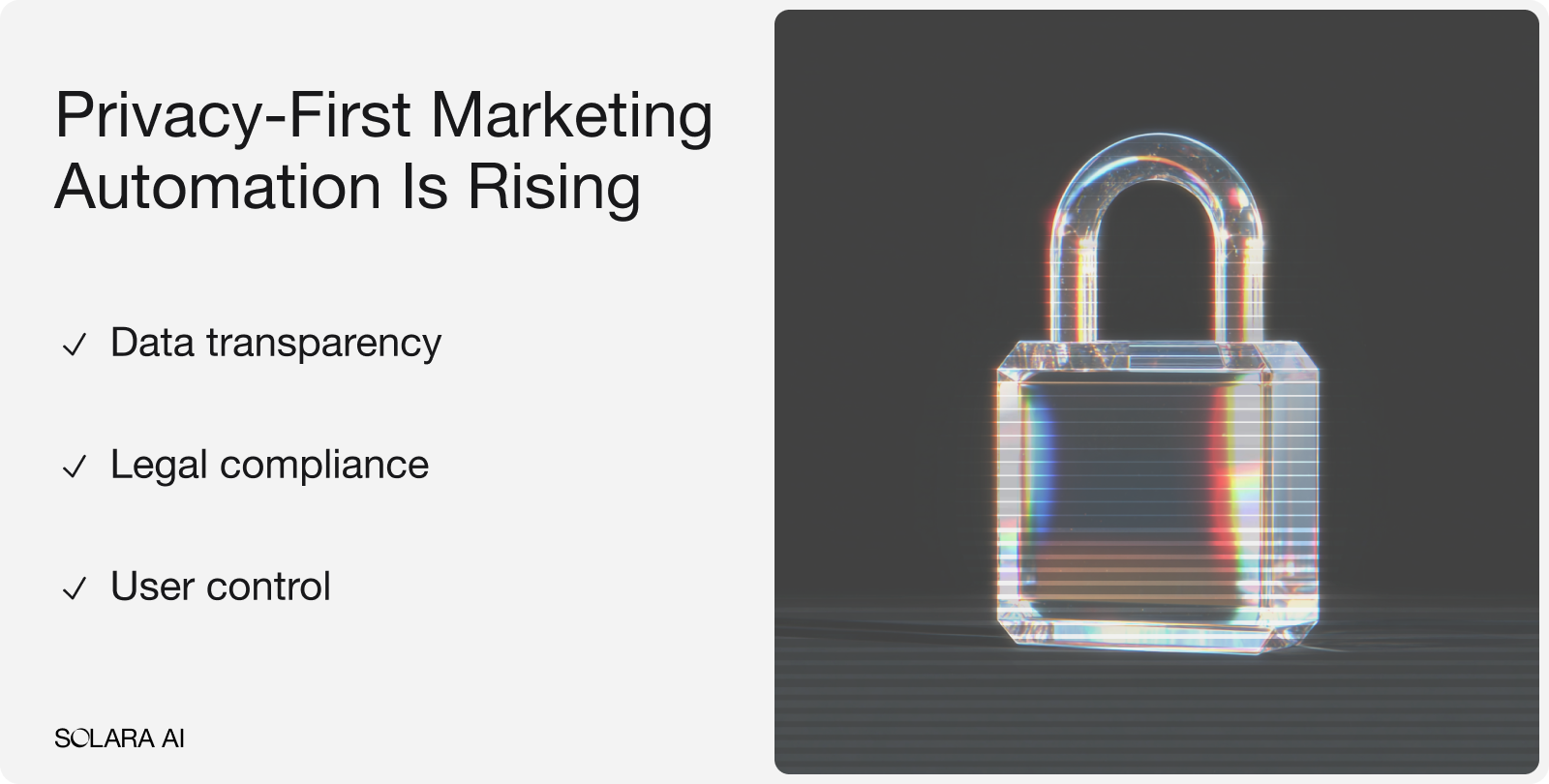
This approach turns privacy into an advantage. In fact, 71% of consumers are more likely to buy from brands that clearly explain how they use data. Transparency is quickly becoming one of the strongest tools for building loyalty.
Pro Tip: Solara’s Growth Analyzer helps you keep privacy at the center of your marketing. It uses your own first-party data to find insights, improve engagement, and track performance without depending on external tracking systems.
8. Smarter SEO and Auto-Publishing With AI
SEO used to be about endless keyword research and manual updates. In 2025, that will no longer be enough. AI now studies your site in real time, spots opportunities, and keeps your content optimized automatically. It is like having an SEO expert working around the clock.
Brands that use AI for SEO are already seeing results. Reports found that companies automating optimization saw rankings improve up to 65% faster than those relying on traditional methods. AI is no longer a shortcut. It is the new standard.
How to put this into practice:
- Target smarter. Let AI group your keywords by intent and region to match search intent precisely.
- Use tools that automatically refresh older pages to maintain performance.
- Set your content to post directly across your site or store so it stays active.
- Track ranking and engagement changes in real time, then adjust your next post instantly.

This approach removes guesswork and helps your content stay competitive, even as algorithms evolve.
Pro Tip: Use Solara’s Auto-SEO and Publishing to automate your content pipeline. Upload your product or service details, approve a few post drafts, and let Solara handle the rest.
The Future of AI in Marketing Automation Starts With Solara
Marketing in 2025 is moving fast. Campaigns that used to take weeks now happen in real time, and the brands growing the fastest are the ones using AI not just to save time but to make smarter, more creative decisions.
That is exactly what Solara was built for. It is your all-in-one AI marketing automation platform that turns everyday marketing tasks into intelligent, automated systems that learn and improve with you.
Here’s what Solara brings together in one place:
- AI Website Builder: Instantly creates fast, SEO-ready sites that grow with your brand.
- AI Voice Secretary: Answers calls, books appointments, and follows up with leads automatically, so you never miss a sale.
- Growth Analyzer: Studies your performance data, finds what is working, and recommends improvements across every channel.
- Digital Avatar Videos: Generates on-brand video presenters that look and sound real.
- SEO and Auto-Publishing System: Finds gaps in your content, creates optimized posts, and publishes them directly to your site or store.
What makes Solara different is that, in addition to automating tasks, it understands context. It learns from your audience and refines your tone. Every piece of creative and every ad feels like it came from your own marketing team.
Ready to work smarter?
Sign up for Solara AI and see how effortless it can be to plan, build, and grow your marketing automatically.
Subscribe to our newsletter
Lorem ipsum dolor sit amet, consectetur adipiscing elit. Suspendisse varius enim in eros elementum tristique.


.jpg)


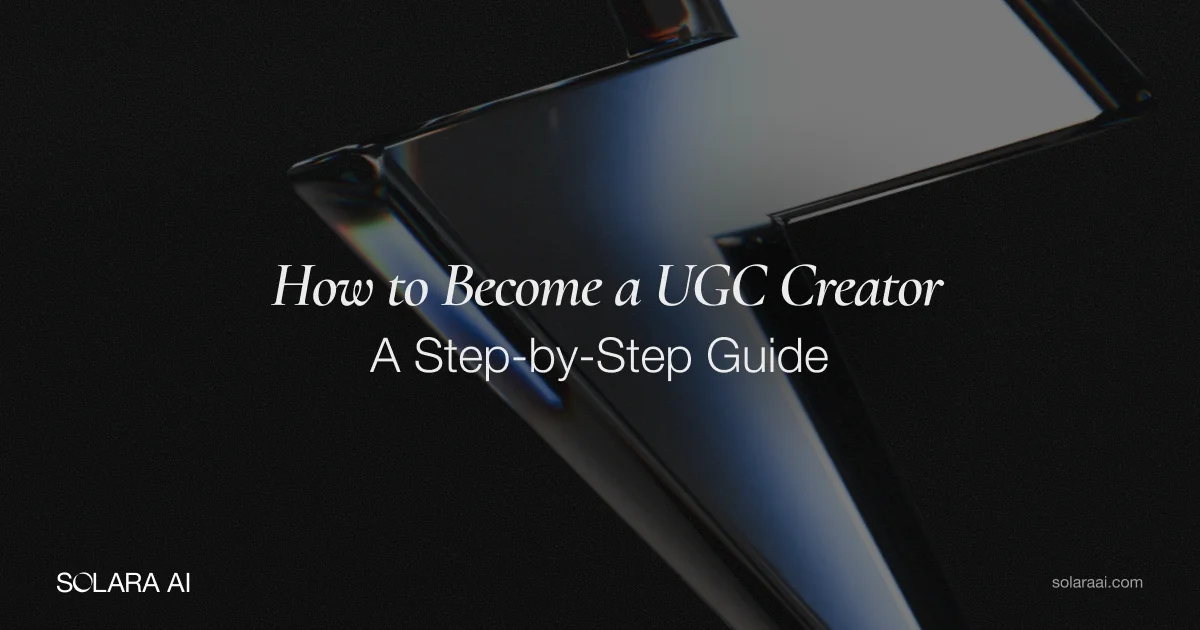
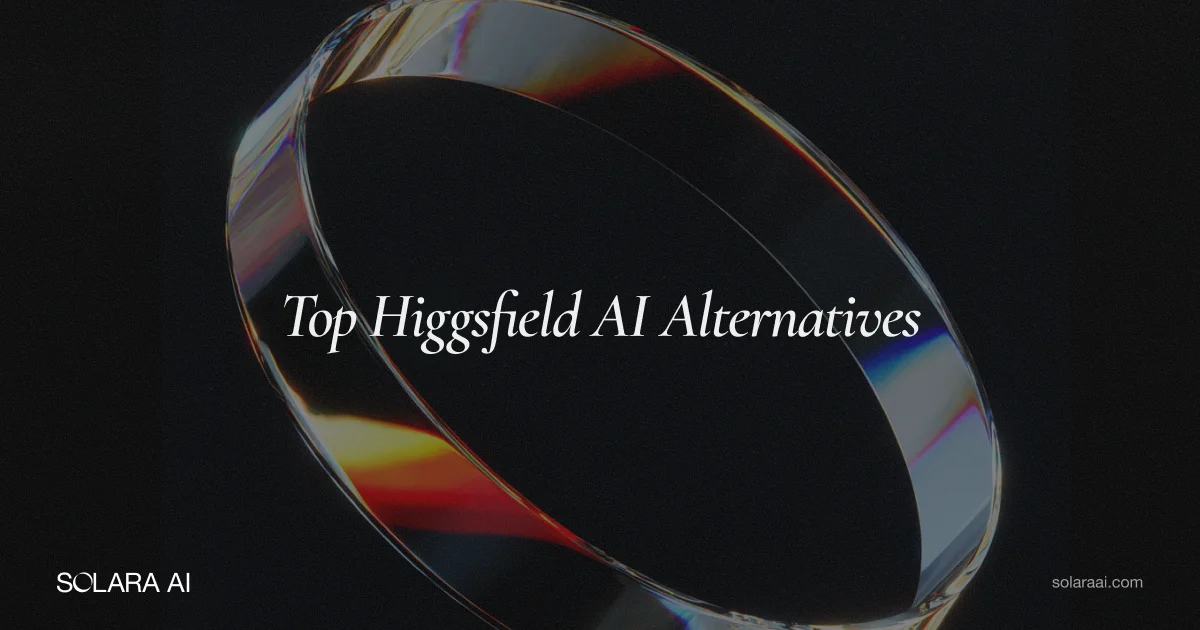


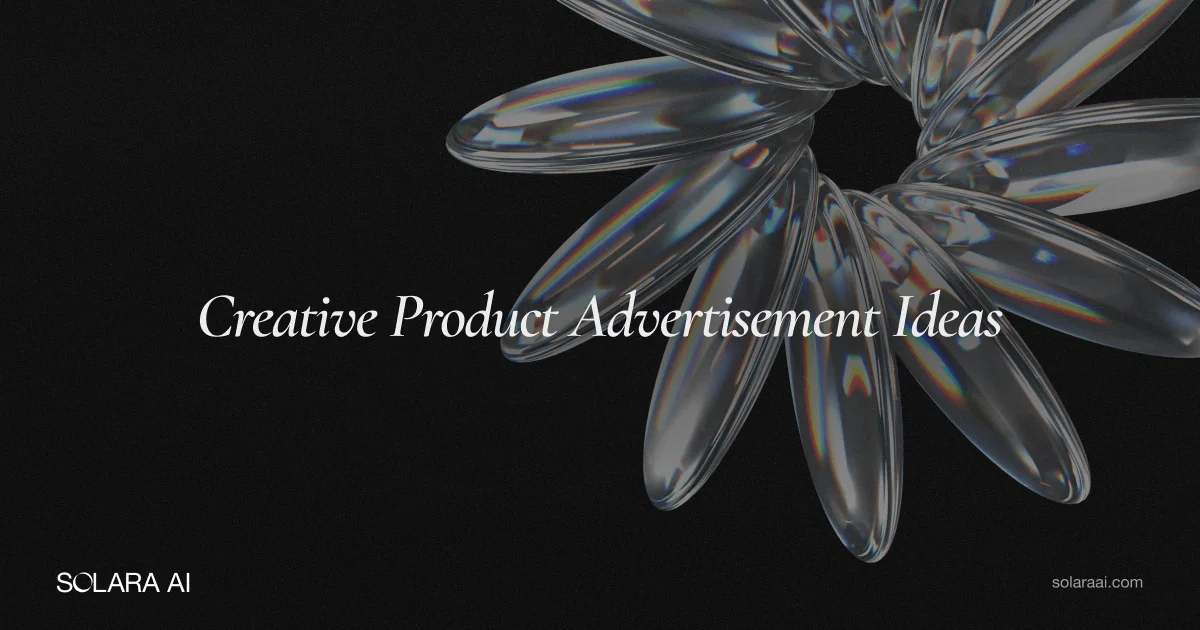





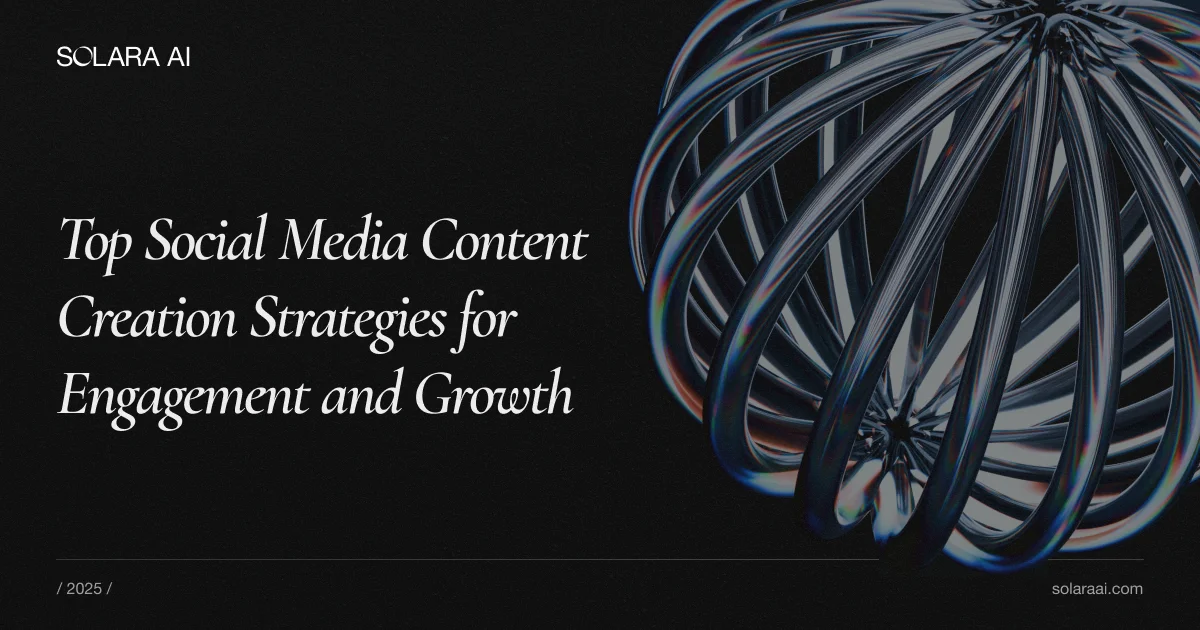
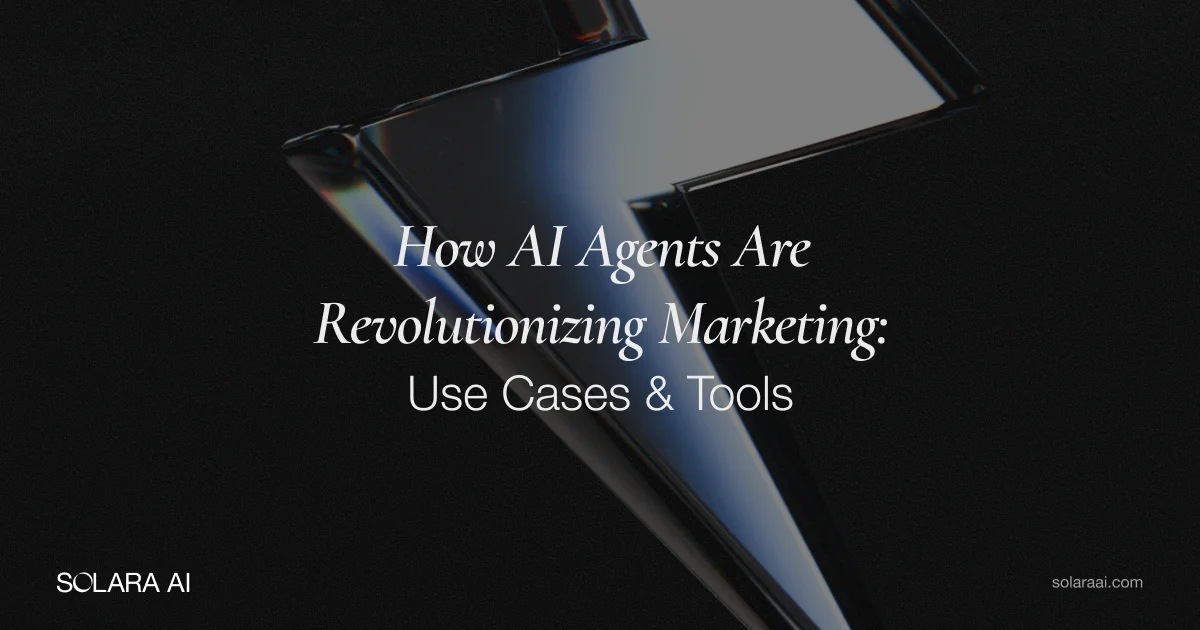
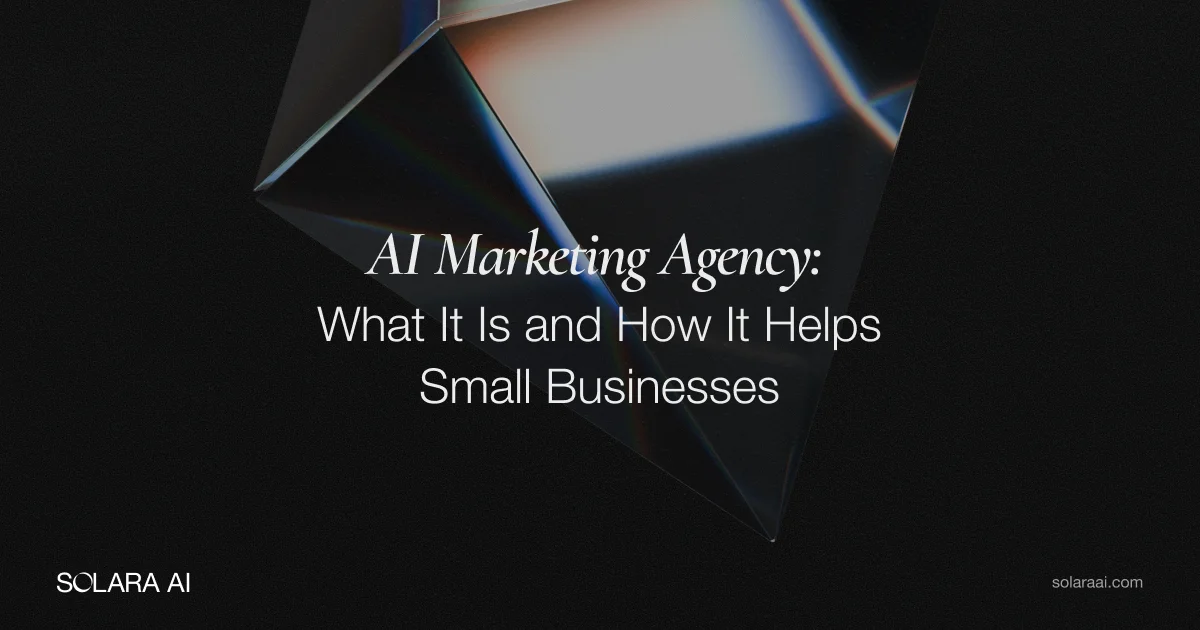
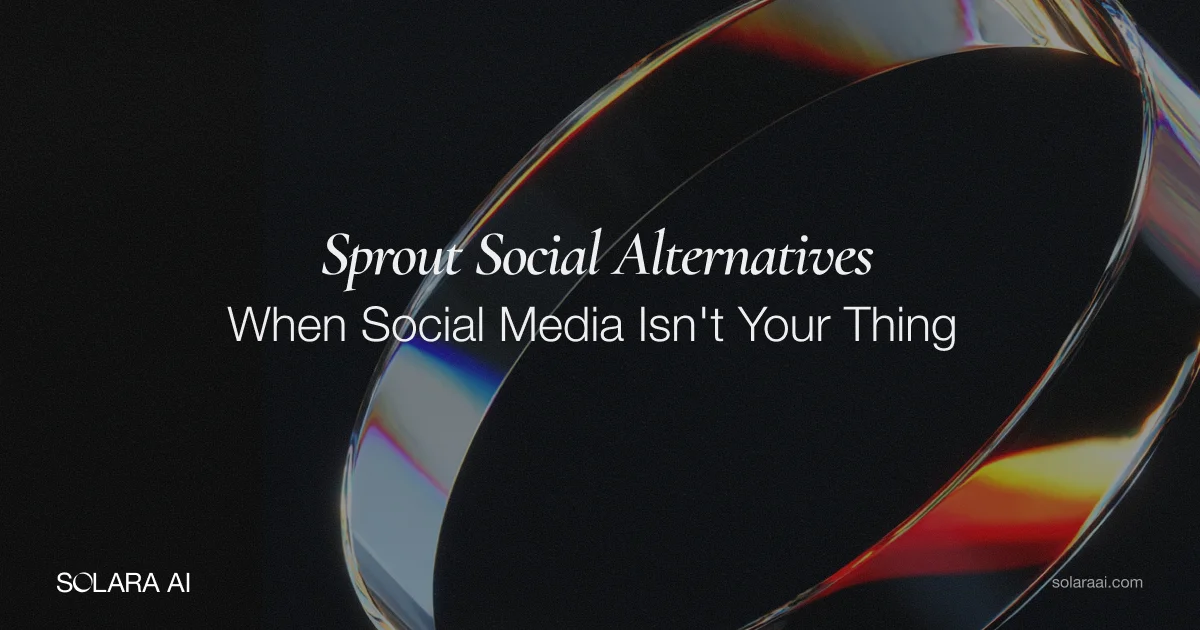



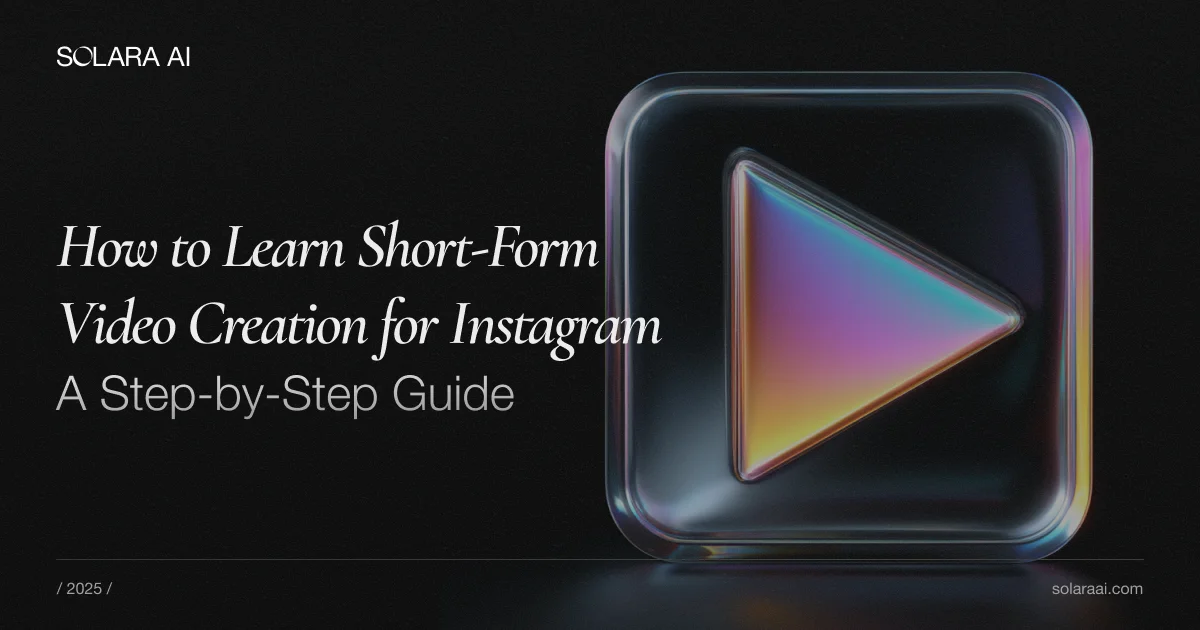


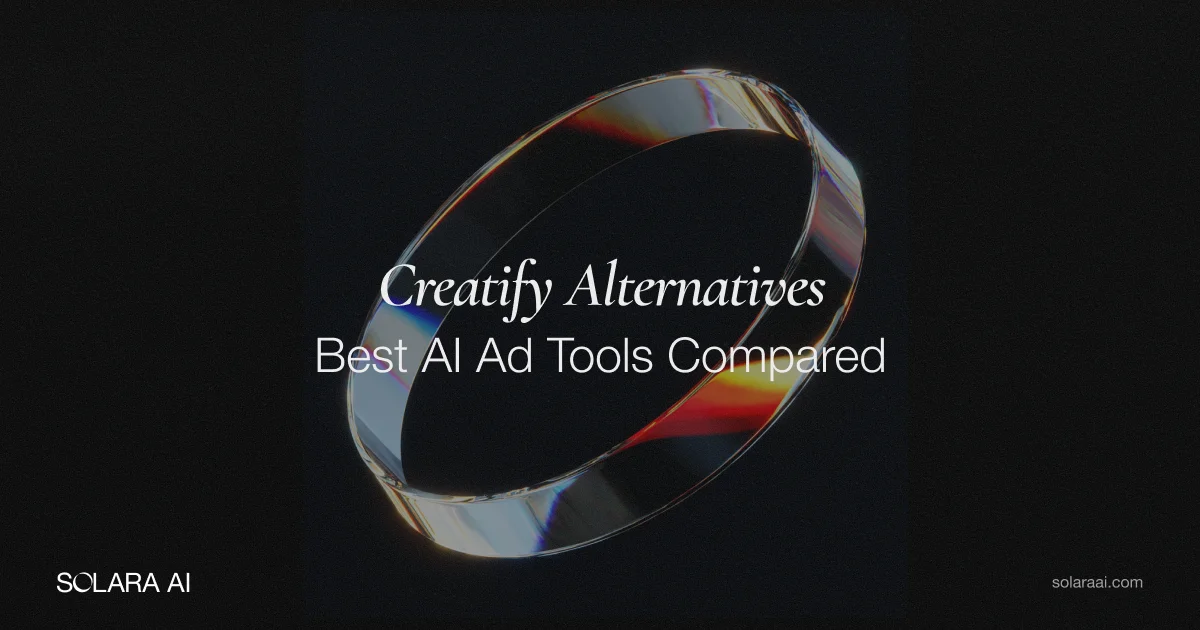



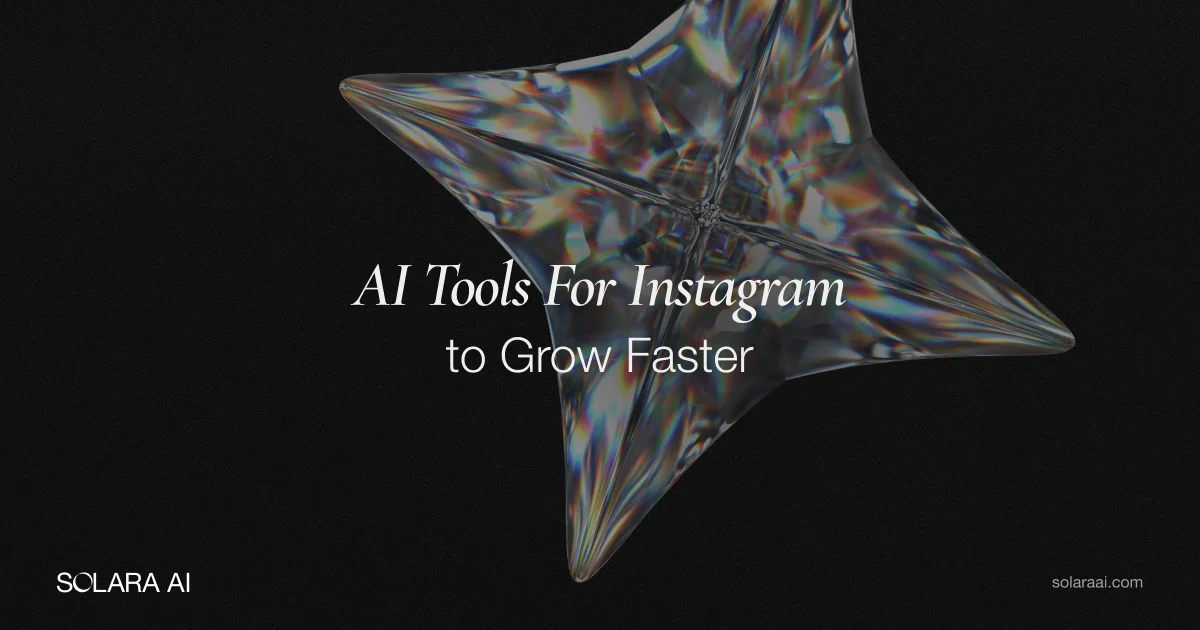
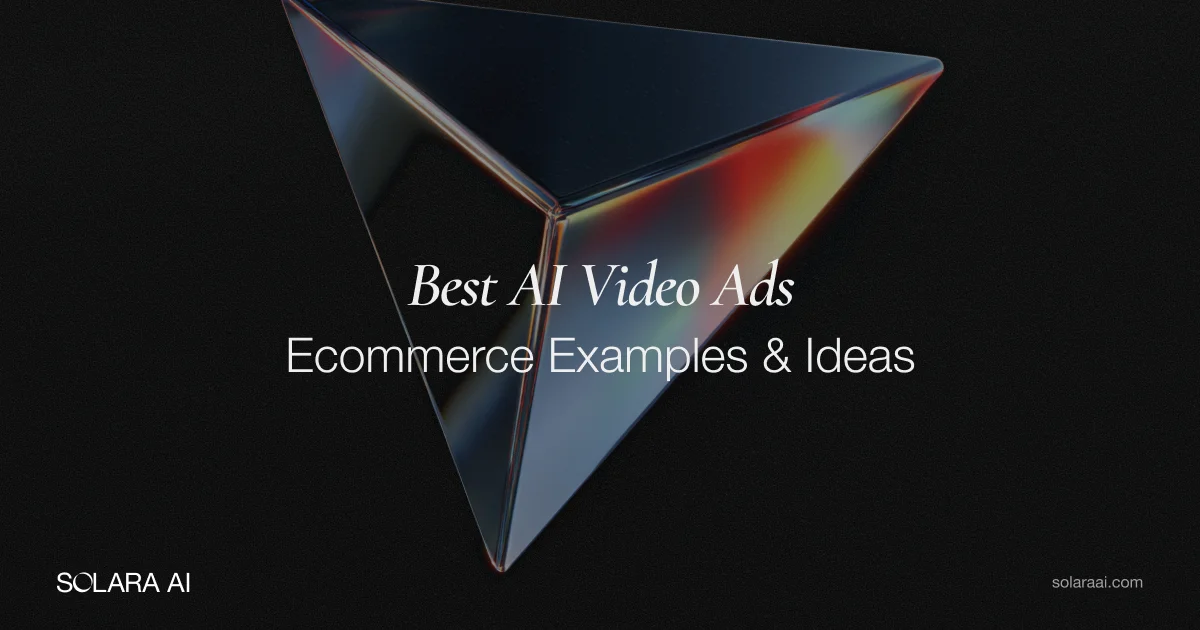
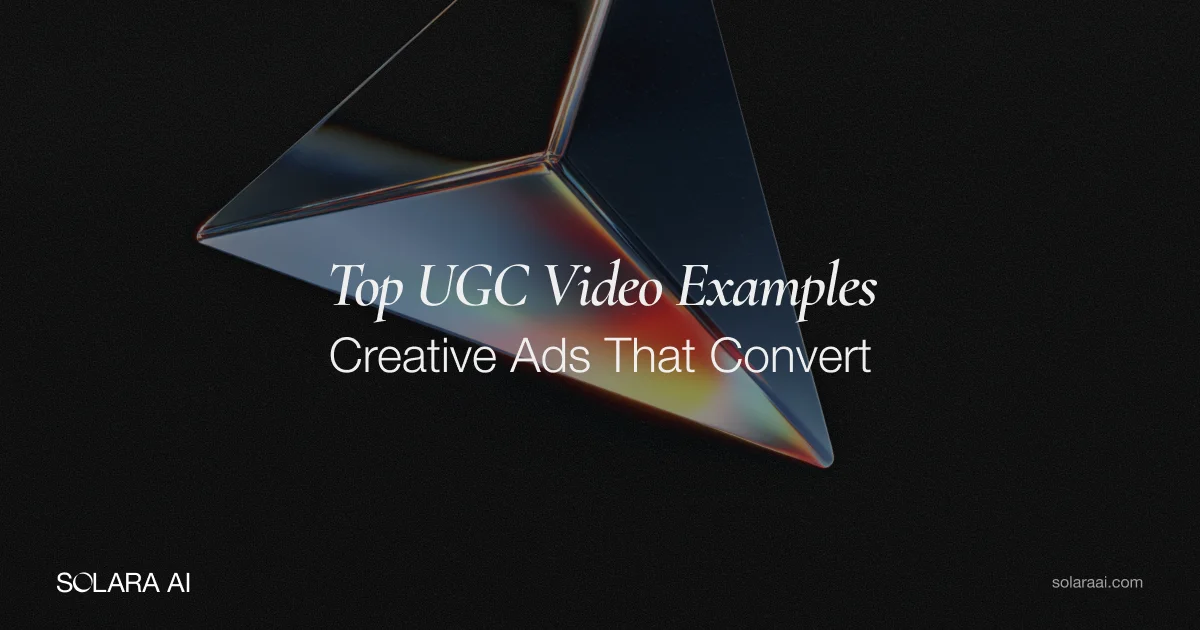

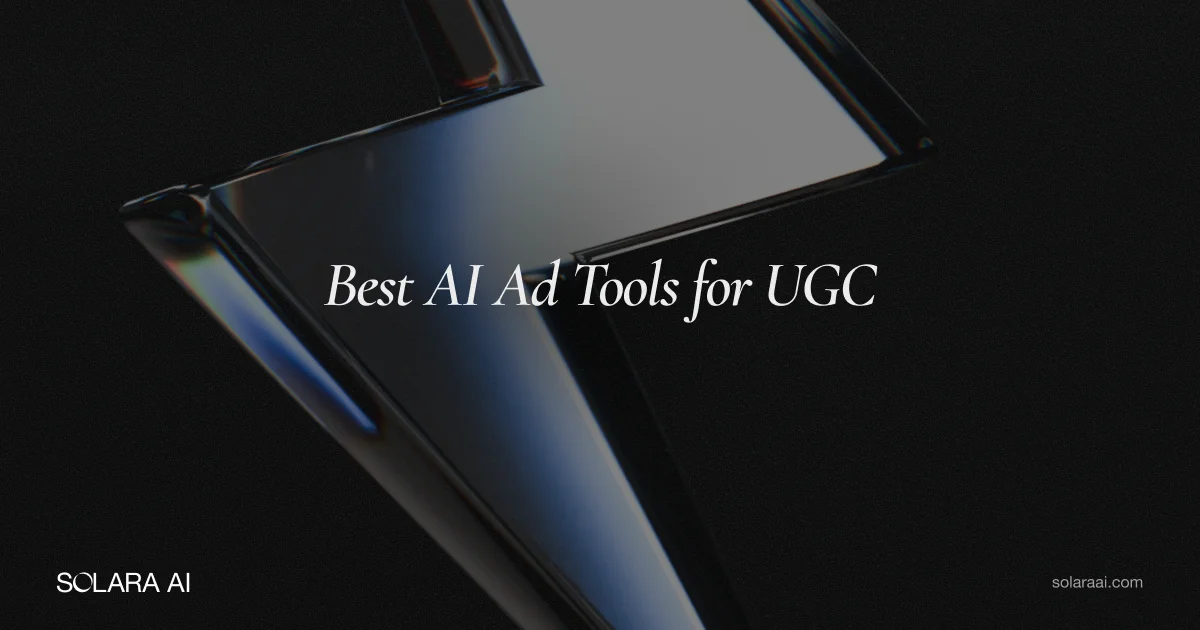

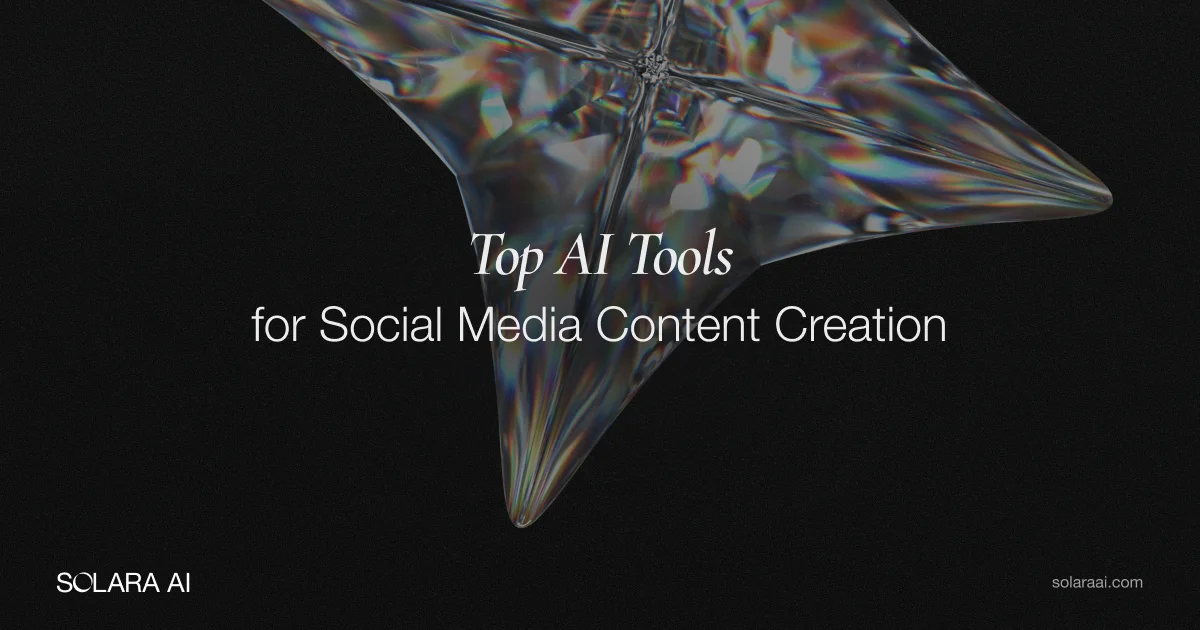





.png)
